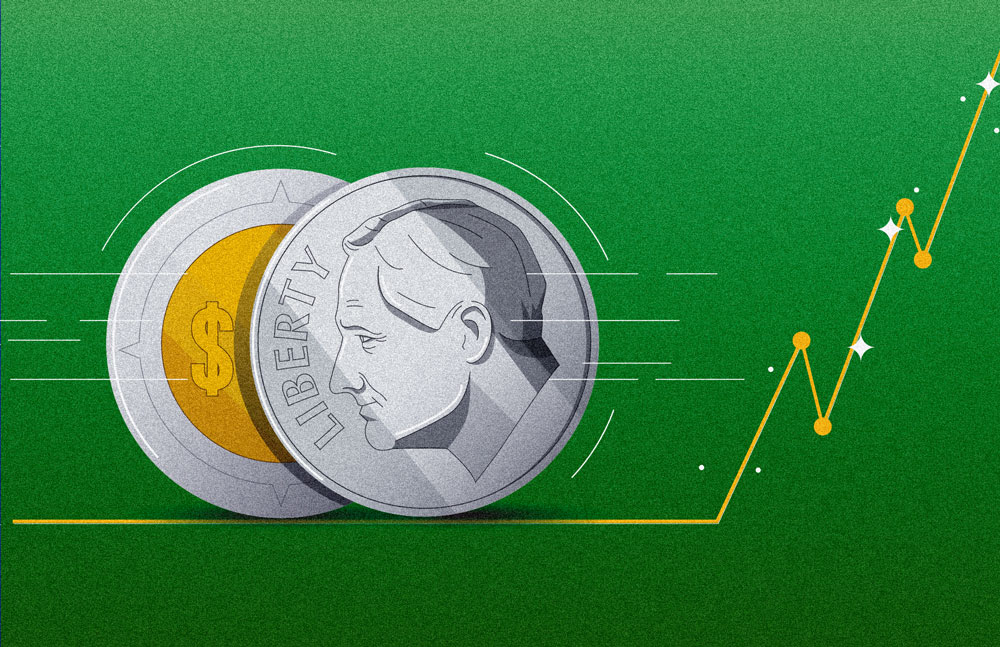Since the onset of the COVID-19 pandemic, gold prices have experienced a notable surge, reaching record trading volumes in 2023. Given the prevailing uncertainty in today's global environment, characterized by the looming possibility of a recession, the gold market stands to benefit. During times of economic underperformance and financial instability, investors often seek refuge in gold as a safe-haven investment.
Following the aftermath of the 2008 Global Financial Crisis, gold emerged as a favored hedging tool in portfolio investments. Our research suggests that during the COVID-19 crisis, gold also demonstrated its role as a safe-haven asset. However, an intriguing question arises: How do volatile currency exchange rates influence the price of gold?
This inquiry serves as the focal point of a research paper co-authored with Ashutosh Sarker (University of Alberta) and Robert Brooks (Monash University): "Do currency exchange rates impact gold prices? New evidence from the ongoing COVID-19 period" (International Review of Financial Analysis, 2021).
Traditionally, the US dollar (USD) exchange rate has exhibited a negative correlation with gold prices denominated in USD. This implies that when the USD weakens compared to other currencies, the price of gold in USD tends to rise. Interestingly, this connection holds true today with the Mexican Peso.
Our study delved into the influence of exchange rates on gold prices during the COVID-19 crisis. We scrutinized the relationship between exchange rates and gold prices both before and during the crisis. The findings indicated that exchange rates had limited predictive power over gold prices amidst the COVID-19 turmoil.
While some experts contend that the relationship between gold prices and other assets remains constant, viewing gold primarily as a hedge rather than a safe haven, our study challenges this perspective. By examining the interaction between exchange rates and gold prices, we infer that gold will persist as a safe haven asset.
In summary, this research contributes to the literature in six significant ways:
- Identifying asymmetric, dynamic, and nonlinear impacts of exchange rates on short-term gold prices with no substantial long-term effects.
- Demonstrating the influence of prevailing exchange rates on gold prices during the COVID-19 pandemic.
- Highlighting the unpredictable impact of leading exchange rates on gold prices during the COVID-19 crisis.
- Establishing the uneven contribution of exchange rates to fluctuations in gold prices.
- Affirming gold's utility as a hedging tool within one year.
- Attributing the recent irregular effects of exchange rates on gold prices to the COVID-19 crisis.
Throughout the COVID-19 crisis, changes in exchange rates consistently drove increases in gold prices, irrespective of the magnitude and direction of the exchange rate fluctuations in the short term. Nevertheless, due to the pandemic-induced stress, exchange rates occasionally exhibited erratic behavior compared to pre-COVID-19.
In the period under examination, all exchange rates displayed a weak asymmetric connection with gold prices, with the positive impacts of exchange rates generally outweighing the negative effects. Although gold prices experienced intermittent declines during COVID-19 and the preceding normal period, its core attributes as a safe-haven investment will likely endure over time.
The author is professor of the Department of Finance and Business Economics, EGADE Business School, Tecnológico de Monterrey, Mexico.

